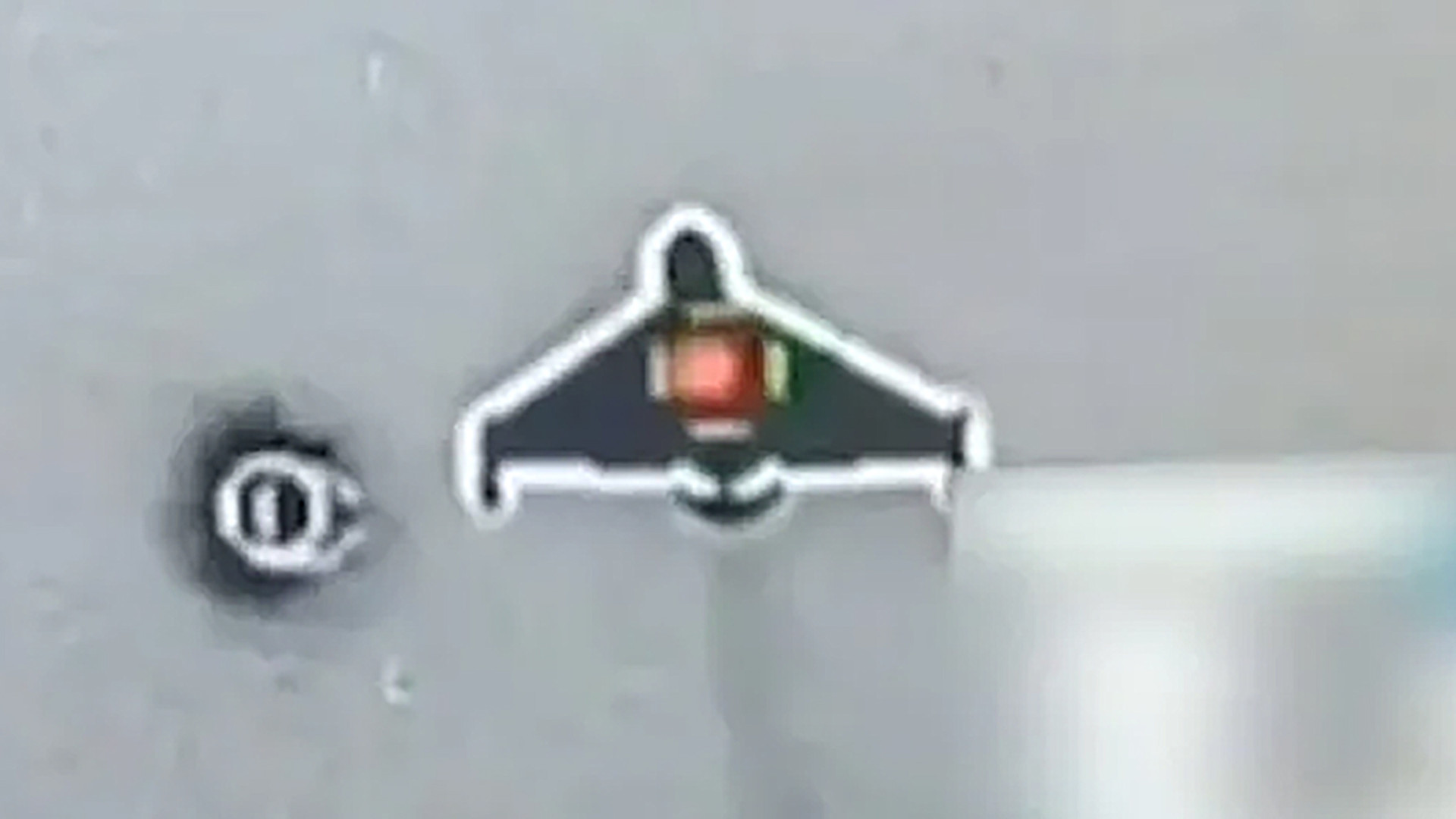The Pentagon has released a summary of a new classified strategy to guide efforts to protect American forces abroad and across the U.S. homeland from growing drone threats. This comes as the dangers posed by uncrewed aerial systems have become a national cause celebre due to a number of high-profile incidents. This includes still-unexplained drone incursions over Langley Air Force Base in Virginia last year, as well as more recent incidents in New Jersey and over multiple U.S. facilities in the United Kingdom, all of which The War Zone was first to report on.
The new counter-drone strategy is said to build upon a number of existing efforts, including the establishment of the Joint Counter-small Unmanned Aircraft Systems Office (JCO) in 2020. It is also set to tie into a new Pentagon initiative to help speed up the acquisition and fielding of new counter-drone capabilities dubbed Replicator 2. The first Replicator effort has been focused on getting more uncrewed systems into the hands of U.S. warfighters. In addition, the heads of U.S. Northern Command (NORTHCOM) and U.S. Indo-Pacific Command (INDOPACOM) have been given new synchronizer roles to help coordinate counter-drone preparedness (including the training and equipping of relevant forces) and actual responses to incidents.
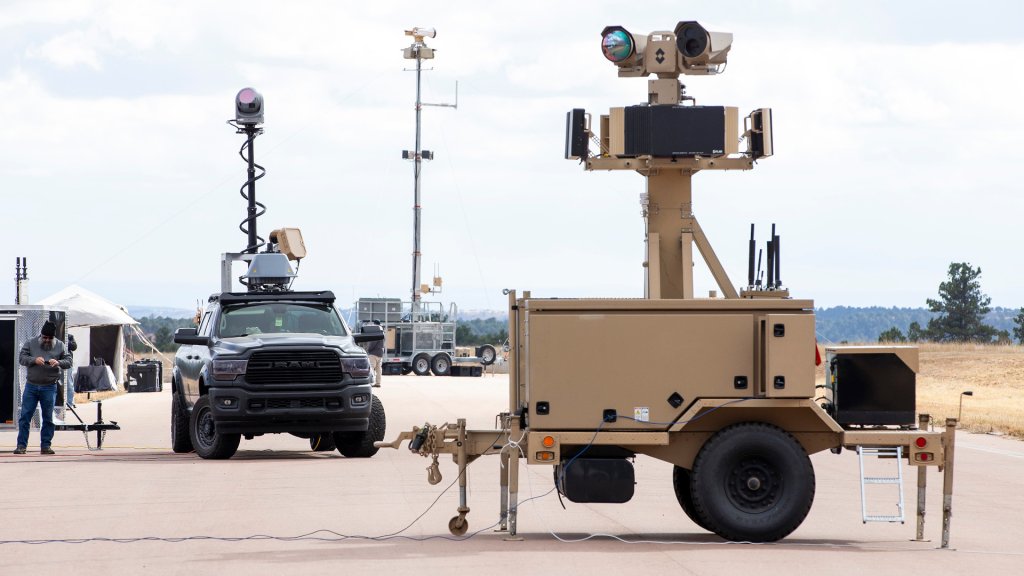
“Enabled by growing commercial innovation and the increasing sophistication of artificial intelligence (AI), autonomy, and networking technology, unmanned systems are fundamentally changing how militaries of all sizes, capacities, and capabilities – as well as non-state actors – achieve their objectives,” the fact sheet on the new counter-drone strategy explains. “From the Middle East to Ukraine and across the globe – including in the U.S. homeland – unmanned systems are reshaping tactics, techniques, and procedures; challenging established operational principles; and condensing military innovation cycles.”
“At the operational level, these systems are making it more difficult for forces to hide, concentrate, communicate, and maneuver. They allow adversaries to more easily surveil, disrupt, or attack our forces, assets, and installations, potentially without attribution. At the strategic level, unmanned systems provide aggressors with the ability to reduce the initial human, financial, and reputational costs of conflict. The relatively low-cost, widely available nature of these systems has, in effect, democratized precision strike.”
These are all points The War Zone has been highlighting for years. In February, we published a feature specifically on how AI looks set to enable major new evolution, if not revolution in lower-end uncrewed aerial capabilities.
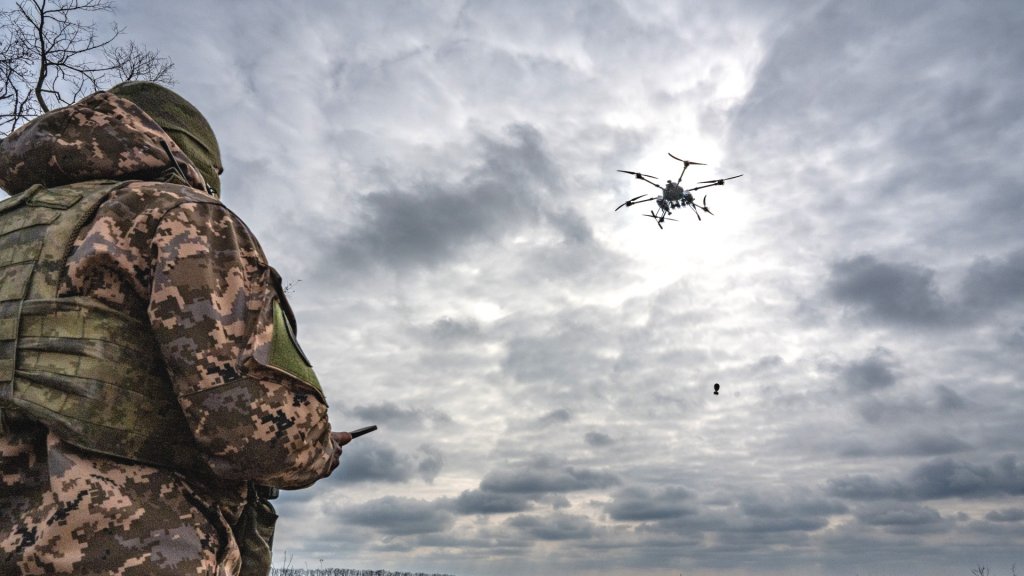
“The Department is mitigating the potential negative effects of unmanned systems on U.S. forces, assets, and installations – at home and abroad. A critical portion of our efforts, particularly in the near-term, comes from improving our defenses, with an emphasis on detection as well as active and passive defenses,” the fact sheet continues. “The Department will ensure our forces and priority installations have protection. To stay ahead of advances in unmanned systems – and their growing prevalence – the Department will prepare for more advanced challenges, pacing our future capabilities to more stressing cases (e.g., larger numbers of increasingly capable and autonomous systems). Over the mid- and long-term, the Department will also develop and design our future force to reduce their vulnerability and increase their resilience to these threats. Taken together, these approaches will allow the Department to maintain our advances and our ability to fight and win our Nation’s wars, if called upon.”
To this end, the fact sheet lays out five specific “strategic ways” that are central to how the Pentagon will seek to address drone threats through its new strategy, which are as follows:
- “Deepen our Understanding and Awareness of Unmanned Systems Trends and Threats. The Department will ‘sense and make sense’ of threats that unmanned systems pose, including by gaining a greater understanding of unmanned systems threats and by improving the ability of our operational forces to detect, track, and characterize these threats.”
- “Disrupt & Degrade Unmanned Systems Threat Networks. The Department will address the threat networks that drive the development and proliferation of unmanned systems whenever possible, including by launching and executing deliberate campaigns to counter these networks, in partnership with other U.S. departments and agencies.”
- “Defend Against Unmanned Systems Threats to U.S. Interests. The Department will adapt fully to defending against unmanned systems as a core element of warfighting, including by: improving our active and passive defenses; clarifying, streamlining, and delegating authorities, as needed; and institutionalizing approaches across doctrine, organization, training, materiel, leadership, personnel, facilities, and policy.”
- “Deliver Solutions with Greater Speed, Adaptability, and Scale. The Department will deliver robust counter-unmanned systems at speed and scale, including by leveraging rapid acquisition approaches; prioritizing integrated, open, modular solutions; employing systems engineering and predictive analytics; reducing the cost imbalance between unmanned systems and countermeasures; expanded budget agility; increasing experimentation; creating conditions for rapid and realistic testing; and maximizing exportability, co-development, and co-production of capabilities with our closest allies and partners.”
- “Develop & Design the Future Joint Force for Unmanned Systems-Driven Ways of War. The Department will make countering unmanned systems a key element of our thinking about future force development and design, including by pursuing changes to our force structure, employing our forces differently, and seeking technologies that could enable us to offset adversary advantages.”
The full fact sheet can be seen below.

“I think the real sort of emphasis of the strategy is to say, you know, as we’re taking on the effect of unmanned systems, we need to think about this temporally,” a senior U.S. official told The War Zone and a small group of other media outlets ahead of today’s announcement. “So, in the near term, a lot of what we’re doing is improving our defenses.”
“As we think about more advanced challenges, as we think about the more stressing cases we could face, we also are thinking in a strategy perspective of making sure that we’re developing and designing our future forces to reduce vulnerabilities and increase resilience to threats,” they added.
“When we think about how we defend against this … it’s really a layered defense with a variety of sensing – everything from RF to active and passive radars,” another senior U.S. official said during today’s press call when asked for more details about existing counter-drone capabilities and future plans. “And then … there’s a variety of defeat systems, kinetic and non-kinetic.”
“When we talk about this threat, you have to consider … the size of the threat. A small UAS [uncrewed aerial system] is a little bit different threat than the larger UAS threats that you tend to see going on with events in Ukraine and Israel,” they added. “So there’s a different set of options that you have to have, but we are looking at the span of everything from non-kinetic to kinetic to new capabilities such as directed energy.”
The senior U.S. official specifically highlighted Raytheon’s Coyote, Anduril’s Roadrunner, and systems that use BAE Systems’ laser-guided 70mm Advanced Precision Kill Weapon System II (APKWS) rockets as effectors as examples of current kinetic counter-drone capabilities. They also mentioned work to better optimize other existing weapon systems, such as radar-guided Hellfire missiles and traditional surface-to-air interceptors, for use against uncrewed aerial systems. Multiple branches of the U.S. military are known to be actively developing and working to field laser and high-power microwave-directed energy weapons as additional options for physically destroying drone threats. Non-kinetic defeat capabilities primarily consist of various electronic warfare systems.


That individual also acknowledged that the counter-drone capabilities that can be employed in a conflict zone are very different from the ones that would be usable, at least under current authorities, domestically within the United States. The aforementioned drone incidents in the United Kingdom have highlighted how similar rules and regulations are at play when it comes to domestic drone defense in other countries.
At a counter-drone demonstration event called Falcon Peak 2025 in October, U.S. Northern Command (NORTHCOM) Deputy Test Director Jason Mayes explicitly told The War Zone and others that kinetic and directed energy capabilities are not currently on the table for defending military bases and other critical infrastructure within the U.S. homeland. A mix of often convoluted legal, regulatory, and other challenges are central to all of this, as you can read more about here.
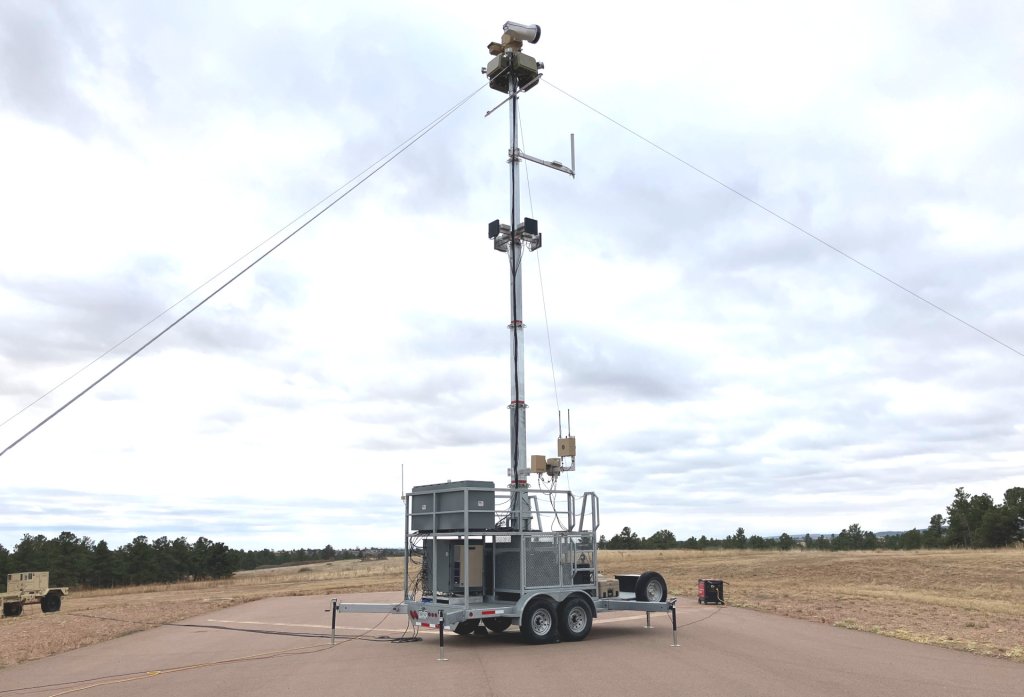
“The homeland is a very different environment in that we have a lot of hobbyist drones here that are no threat at all, that are sort of congesting the environment. At the same time, we have, from a statutory perspective and from an intelligence perspective, quite rightly, [a] more constrained environment in terms of our ability to act,” a third senior U.S. official on today’s call elaborated. “When we think about the [new counter-drone] strategy, … it’s really trying to make sure that we are making a conscious effort to mitigate the threat in the homeland today, and the unique ways in which it manifests in the homeland, but also looking forward in time.”
“And so, we’re doing things like making sure that our people have the right training. So it’s not just about the equipment, but it’s about are we organizing and training the way that we need to ensure that our commanders on the ground understand how to make a great risk calculus in the homeland for the unique risks that we have here,” they continued. “We have a lot of installations that are in … areas where we have to be very careful about collateral effects. And do we have the organization that we need to be able to rapidly respond, given the capabilities that we’re building today and [that] we’ll continue to build to meet the threat of all for the future?”
That official used the drone incursions over Langley Air Force Base last year as a specific of what the new counter-drone strategy, as well as NORTHCOM’s new synchronizer role, are meant to address.
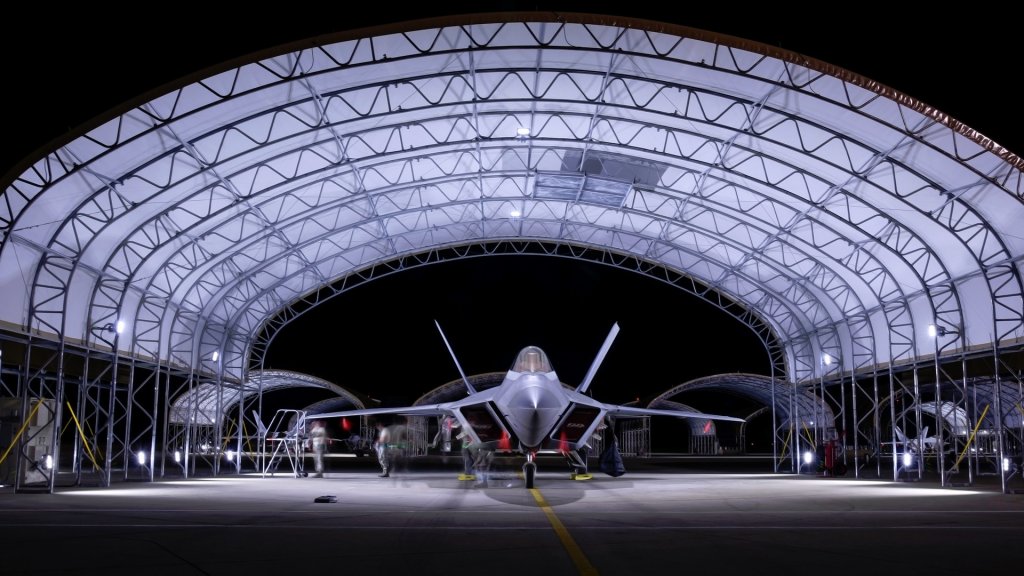
“What we had before this was … a not necessarily in the operational chain ability to talk to each other, to find out who had what systems that might be able to be brought to bear,” they explained. “And so I think that would be a huge … new organizational ability to be able to drive action.”
“As time moves on, we will have more standardized, coordinated education and training so that commanders will all have a baseline knowledge of what their authorities are and how they’re able to engage,” they added. “It’s also going to mean that for facilities that may not currently be covered by 130(i), but are eligible, that we’re going to have somebody who’s really looking to make sure everyone’s getting covered.”
“130(i)” here refers to that subsection of Title 10 of the U.S. Code (10 USC 130i), which covers current authorities for the “protection of certain facilities and assets from unmanned aircraft,” including through the use of kinetic and non-kinetic capabilities. It contains a number of specific stipulations and where and when those authorities can actually be employed, which you can read more about here.
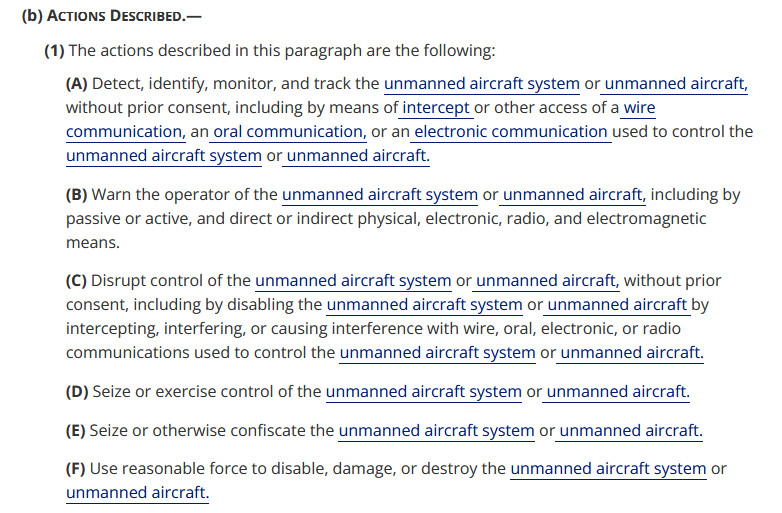
The strategy notably does not explicitly call for an expansion to 130(i) or ask for any other new authorities. Members of Congress have been separately pushing to expand the authorities available to the U.S. military and other government agencies to tackle drone threats, particularly within the U.S. homeland.
“I think our view is that we are using those authorities to their fullest, but we’re working to improve the collaboration that we have with our interagency partners,” one of the senior U.S. officials said today. “That’s an important part of how those authorities are [employed].”
In the U.S. homeland context, even incidents that occur in relatively confined areas can easily span multiple federal, state, local, and other law enforcement jurisdictions outside of the purview of the Department of Defense. There is also the potential for an international component, especially in instances that involve the U.S.-Canadian North American Aerospace Defense Command (NORAD).
As the recent incidents in the United Kingdom have underscored, drone threats to U.S. interests that are removed from traditional war zones exist well outside of the confines of the homeland, as well.

Altogether, the new counter-drone strategy the Pentagon has rolled out today is an important acknowledgment of the growing uncrewed aerial threat ecosystem, especially as it exists outside of conflict zones. It lays out equally important steps forward for addressing these issues.
At the same time, drone threats, including to the U.S. homeland, are not new and this is not the first time the U.S. government has laid new policies and/or broad strategies for addressing them. It is particularly glaring that the U.S. military is apparently taking key steps just now to better coordinate action within existing authorities. This is all despite years of increasingly worrisome incidents in and around the United States, many of which The War Zone has been the first to report on. As we have pointed out repeatedly in the past, the U.S. military was slow on the uptake and continues to very much play catchup when it comes to addressing the growing threats posed by drones, even on traditional battlefields.
As The War Zone also regularly highlights, there is substantial evidence that many sightings of what are now called unidentified aerial phenomena (UAP), and are also still commonly referred to as unidentified flying objects (UFO), are likely drones, as well as high-altitude balloons and other uncrewed aerial assets. U.S. military efforts to gain more insight into UAP sightings often overlap with counter-drone discussions.
With the Pentagon’s newest counter-drone strategy in hand, it will be more important now to see how its lines of effort are actually implemented.
Contact the author: joe@twz.com
